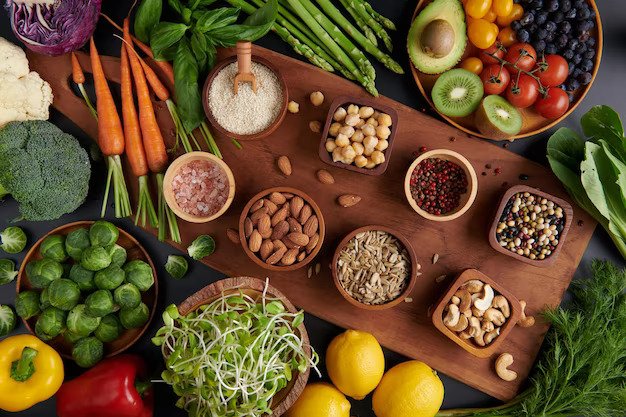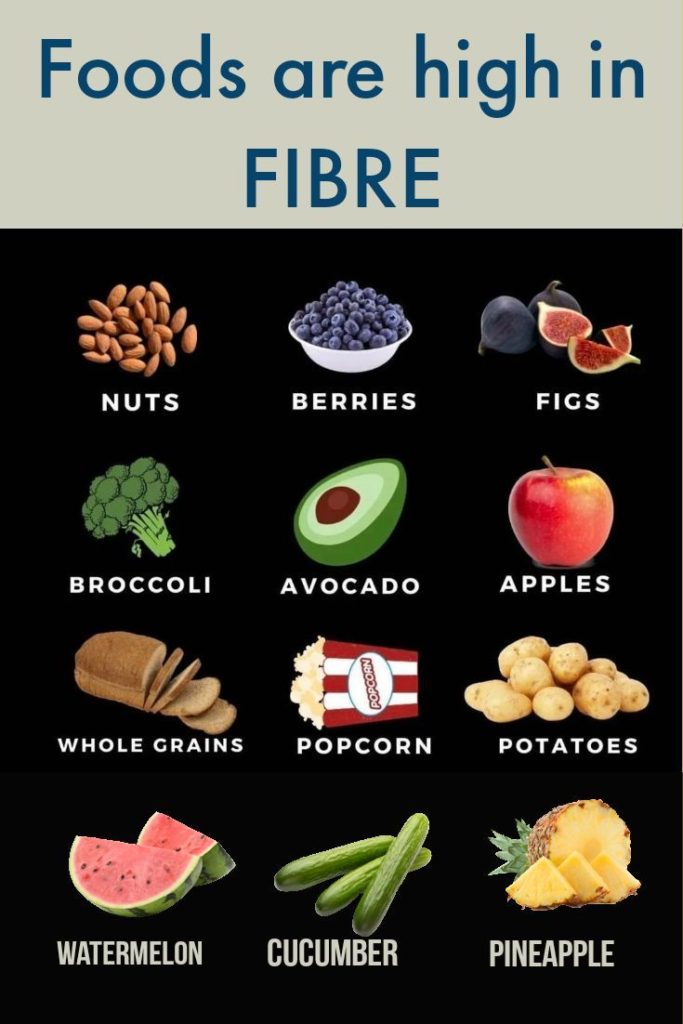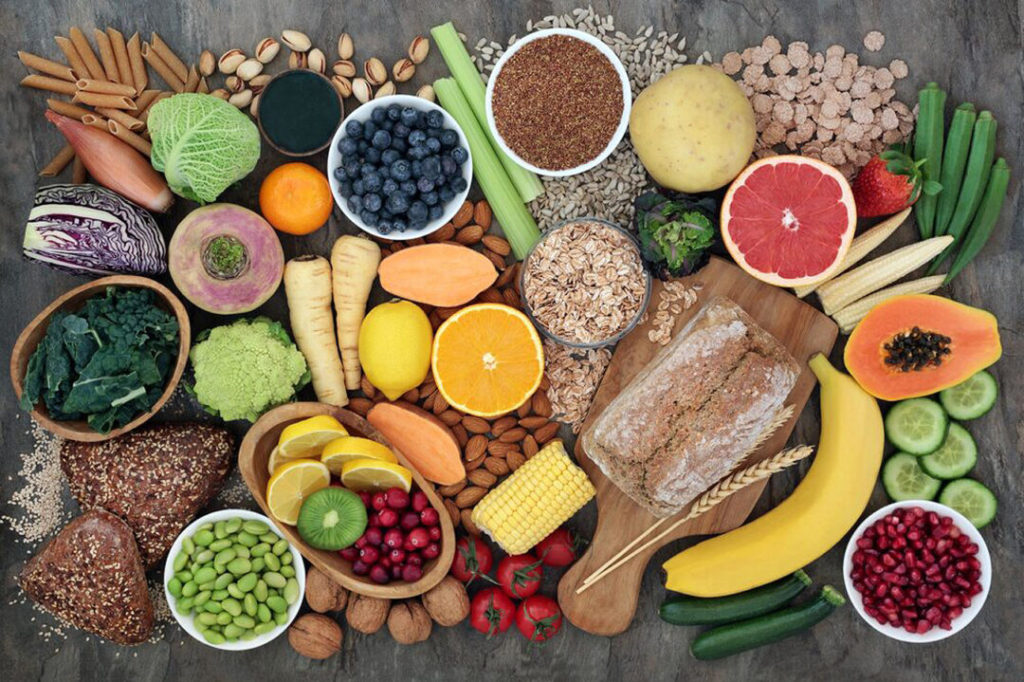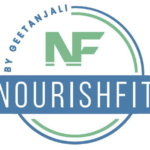Table of Contents
Toggle6 Powerful Benefits of Fiber Foods: Essential Tips for a Healthier Diet
Fiber Fueled
We all remember our mom constantly telling us to eat fruits and especially vegetables. Well, I certainly remember not following any of that advice. As we get older, we understand the importance of these wise words and finally realize – My Mom was right about everything!
Did You Know?
Nature has intended us to consume glucose in a specific way, in plant foods. Starch and sugar along with fiber because fiber helps slow down the absorption of glucose. However, fiber is removed during the production of packaged processed foods stored on supermarket shelves because the presence of fiber is problematic for long-term storage!
This brings me to my topic today: Dietary Fiber.

Understanding Dietary Fiber Food
Dietary fiber is a non-digestible carbohydrate found in plants. It is the part of the plant that resists digestion in the small intestines but undergoes complete or partial fermentation by gut microbiota in the large intestines.
Types of Dietary Fiber
Complex Carbohydrates “Good Carbs”: These are high in fiber and include fruits, vegetables, whole grains, millets, legumes, pulses, beans, nuts, and seeds. A good portion of fiber is found in the cell walls of the plant, so it is recommended to eat the leaves, skin, vegetables, and fruits whenever possible.
Soluble Fiber: This type of fiber is viscous (can gel with water) and is present in oats, papaya, stewed apple, guava, flax seed, beans, peas, and berries. It forms a gel and absorbs water, which may help to lessen diarrhea. Soluble fiber is highly fermentable, thus good for gut health.
Insoluble Fiber: Found in whole grains, leafy vegetables, skin, and seeds of fruits and vegetables. They increase the ‘speed of transit’ through our digestive system and regularize bowel movements, helping to reduce constipation.
Resistant Starch: This is not digested in our small intestines. In the colon, it is fermented by gut bacteria and becomes food for the gut microbiome, which in turn breaks down the resistant starch and draws nutrients from it. Examples include soaked oats, overnight refrigerated cooked and cooled rice and potatoes, raw banana, legumes, and beans.
Why Eat More Fiber Foods?
Improve the Diversity of Your Microbiota: A diverse gut microbiome is essential for good health.
Normalizes Bowel Movement and Reduces Constipation: Fiber helps regulate your digestive system.
Manages Diabetes Mellitus: Fiber slows down the rate at which our body converts the glucose in food into blood sugar.
Reduces Risk of Cardiovascular Disease: Fiber binds to cholesterol in the blood and removes it from the body.
Increases Satiety Levels: Helps with weight loss by making you feel fuller for longer.
Strengthens Immunity: Provides food for the “good” gut bacteria as prebiotics.

How Much Fiber foods Should I Have?
Adults: 35-40 grams fiber/2000 kcal
Children age 2 years: 15 grams per day
Primary school children: 20 grams per day
Secondary school children: 25 grams per day
This advice should be adapted according to your medical history and tolerance level. Note: Individuals with conditions like IBS may find fermentable fiber causes bloating, gas, and diarrhea, so you need to identify the appropriate dosage that works for you.

Ways to Increase Fiber food Intake
- Add Fruit, Nuts, and Seeds to Breakfast Cereal
- Incorporate Ground Flaxseed into Curd
- Include New Vegetables and Greens in Your Main Dish
- Add a Variety of Beans, Pulses, and Legumes
- Leave the Skin on Vegetables and Fruits
- Add Green Leafy Vegetables to Your Flour Dough
- Use Green Chutney Instead of Readymade Sauces
Takeaway
Dietary fiber food provides many health benefits for people of all ages. If you suffer from constipation, improving your fiber food intake can help. Increase your fiber intake gradually to avoid gastrointestinal symptoms like bloating and gas, and allow your gut to adjust to the higher intake. Consult a nutritionist if you have concerns about increasing your fiber intake.
At your next meal time, try to incorporate some new vegetables and greens into your dish. Swap staple items like bread, pasta, and flour from white to wholegrain cereals and millet. Replace crackers with carrot or celery sticks to have with hummus or homemade garlic curd dip. Remember to drink plenty of fluids to allow the fiber to do its job properly. Fiber food draws water into the bowel, so you may become dehydrated if you do not drink enough.
Adding these fiber-rich foods into your diet will not only help you gain the benefits of eating fiber, but you’ll also end up consuming a diet rich in the many vitamins and minerals that your body needs to thrive.
For more insights and detailed health guides, visit Nourish Fit.




